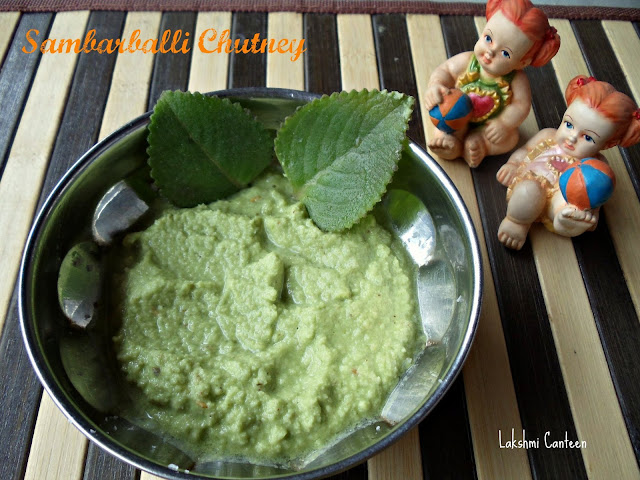Chibbada Hasale is a very simple sweet dish. This is commonly prepared during summer to beat the heat. Chibbada in konkani means Cantaloupe. In Mangalore- Udupi region, a special variety of cantaloupe is available which has a distinct smell. Chibbada (Cantaloupe) in its unripe state looks like a yellow cucumber and as it ripens, there is a formation of a slit and smells heavenly. It looks like this-
Try making this simple sweet dish and enjoy!
Ingredients:
Procedure:
Wash and peel the cantaloupe. Cut it and remove the seeds (over ripe cntaloupe works well).
Then mash the cantaloupe using hand or chop it and blend it in a blender to get a paste. Transfer it into a bowl.
Now in another bowl add jaggery and milk/coconut milk. Mix well until the jaggery melts. Then add cardamom powder to it. Sweet milk is ready.
Now mix the pureed cantaloupe and sweet milk. Mix well. Chibbada Hasale is ready!!
Serve it immediately/refrigerated. Add 1-2 Tbsp of flattened rice while serving (which is optional). Above measurement serves 3-4 people.
Try making this simple sweet dish and enjoy!
Ingredients:
- Chibbada/Cantaloupe, ripe- 1
- Milk/Coconut Milk- 1- 1 1/4 cup
- Jaggery, powdered- 1/2 cup
- Cardamom Powder- 1/2 tsp
- Flattened rice- As required
Wash and peel the cantaloupe. Cut it and remove the seeds (over ripe cntaloupe works well).
Then mash the cantaloupe using hand or chop it and blend it in a blender to get a paste. Transfer it into a bowl.
Now in another bowl add jaggery and milk/coconut milk. Mix well until the jaggery melts. Then add cardamom powder to it. Sweet milk is ready.
Now mix the pureed cantaloupe and sweet milk. Mix well. Chibbada Hasale is ready!!
Serve it immediately/refrigerated. Add 1-2 Tbsp of flattened rice while serving (which is optional). Above measurement serves 3-4 people.





































